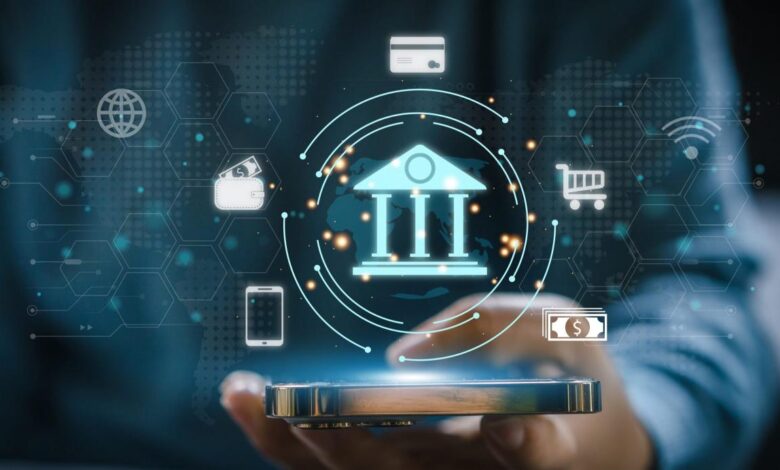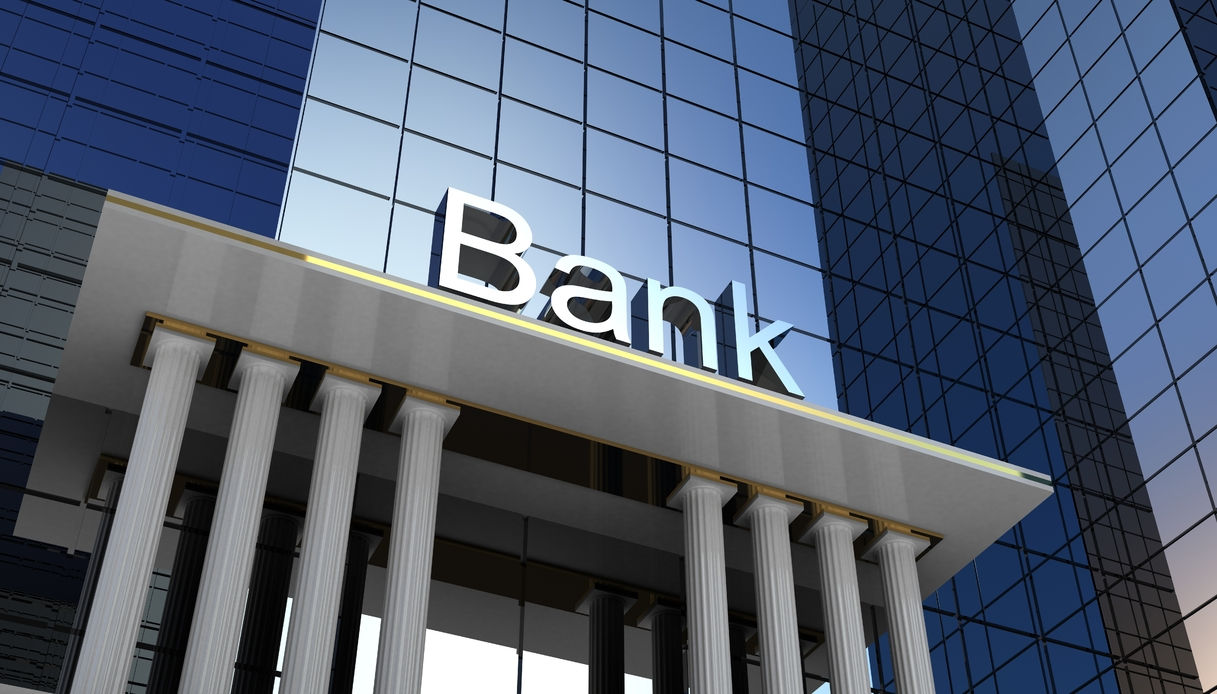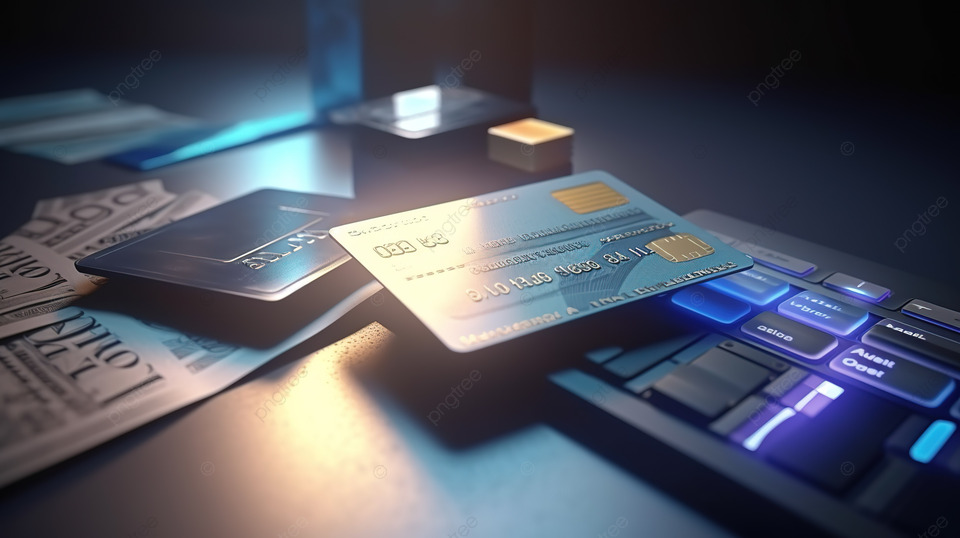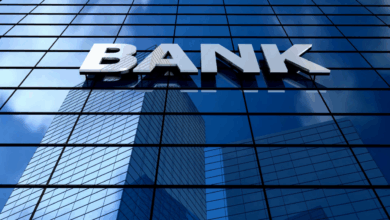Digital Banking: The Future of Money Management

The transformation of banking services from being solely rooted in physical branch visits to becoming instantaneously accessible via a smartphone application represents one of the most significant technological shifts in modern personal finance.
Traditional banking, constrained by opening hours, geographical proximity, and the slow pace of paper-based transactions, has rapidly yielded ground to the unprecedented convenience, efficiency, and speed offered by digital platforms.
This phenomenon, often referred to as digital banking or online banking, is more than just a supplementary service; it is the new standard infrastructure for managing one’s money, offering capabilities that were unimaginable just two decades ago.
The ability to deposit checks from a living room couch, instantly transfer funds across continents, and monitor all financial accounts in real-time has fundamentally changed consumer expectations and behavior, making the mobile device the single most important tool in an individual’s financial arsenal.
Furthermore, digital banking platforms are often the key to unlocking better value, as the lower operational costs associated with branchless models are frequently passed on to consumers in the form of lower fees and higher savings interest rates.
Understanding and mastering the full suite of digital banking services is no longer a luxury for the tech-savvy; it is a mandatory skill for achieving financial health and securing a competitive advantage in today’s fast-paced economic environment.
I. Defining the Digital Ecosystem

Digital banking encompasses all the services that allow customers to perform banking activities without physically visiting a branch.
A. Online Banking (Web)
This refers to conducting banking transactions via a web browser on a desktop or laptop computer. Online banking typically offers the most comprehensive range of services, including detailed historical statements, loan applications, and complex administrative tasks.
B. Mobile Banking (App)
Mobile banking is performed through a dedicated application on a smartphone or tablet. It is prioritized for speed, convenience, and essential daily transactions, such as quick transfers, checking balances, and mobile check deposits.
C. Digital Wallets and P2P
This service integrates banking with retail technology, allowing users to make contactless payments at physical terminals (e.g., Apple Pay, Google Pay) and enabling instant peer-to-peer (P2P) fund transfers (e.g., Zelle, Venmo).
D. Automated Teller Machines (ATMs)
While physically present, modern ATMs are integral to the digital system, offering services beyond simple cash withdrawals, such as making deposits, paying certain bills, and checking balances, all without a teller.
II. The Core Functions of Digital Banking
The typical digital banking platform offers a comprehensive array of services that cover nearly all financial needs, often exceeding the capabilities of a physical branch.
A. Real-Time Account Monitoring
Digital platforms provide instantaneous visibility into all checking, savings, and credit card balances. This real-time data is critical for effective budgeting, allowing users to track their expenses immediately after a transaction occurs.
B. Fund Transfers and Payments
Digital systems excel at moving money quickly and efficiently.
- A. Internal Transfers: Instantaneous movement of money between a customer’s own accounts (checking to savings, etc.).
- B. External Transfers (ACH): Scheduled or one-time movement of money to accounts at other financial institutions, often executed within one to three business days.
- C. Wire Transfers: High-speed, high-cost, irreversible transfers typically used for large, urgent transactions, often internationally.
C. Digital Bill Pay (Scheduled and Automated)
Digital bill pay allows users to schedule recurring payments to utilities, credit cards, or other service providers. This automation ensures bills are paid on time, avoiding late fees and protecting the user’s credit score.
D. Mobile Check Deposit
This highly convenient feature allows a customer to deposit a check simply by taking a photograph of the front and back of the endorsed check using their smartphone camera. This entirely eliminates the need to visit an ATM or a branch.
E. Account Opening and Management
Many institutions allow customers to open new accounts (savings, CDs, even brokerage accounts) entirely through the app or website without any paper forms or in-person verification.
III. Digital Banking for Smart Financial Management

Beyond basic transactions, digital tools provide essential features that support and enhance disciplined financial behavior.
A. Budgeting and Categorization Tools
Many advanced banking apps and integrated FinTech platforms automatically categorize spending (e.g., Groceries, Entertainment, Transportation) and provide visual reports. This automated tracking is the foundation for successful budgeting.
B. Alerts and Notifications
Digital platforms allow users to set up crucial, real-time alerts for various events:
- A. Low Balance Alert: Notifies the user when the checking balance falls below a safe threshold, preventing overdrafts.
- B. Large Transaction Alert: Immediately notifies the user of any unusually large purchases, helping to catch fraudulent activity quickly.
- C. Payment Due/Posted Alert: Confirms that a scheduled bill payment has been successfully processed.
C. Automated Savings Features
Many digital-first banks integrate sophisticated tools to promote saving effortlessly.
- A. Round-Up Savings: Automatically rounds up every transaction to the nearest dollar, transferring the change to a savings account.
- B. Goal-Based Savings: Allows users to set specific financial goals (e.g., “Down Payment”) and automatically calculates and transfers the required periodic contribution.
D. Financial Aggregation
Some platforms offer the ability to link and view accounts from multiple external institutions (credit cards, investment accounts) in a single dashboard. This consolidated view is crucial for holistic financial planning and tracking net worth.
IV. The Security Imperative: Protecting Digital Assets
While convenient, digital banking carries unique security risks that users must actively manage to protect their accounts.
A. Two-Factor Authentication (2FA)
Users should always enable 2FA for logging in, which requires not only a password but also a secondary, time-sensitive code sent to a trusted device. This is the single most effective barrier against password theft.
B. Strong, Unique Passwords
Never reuse passwords across different financial sites. Use a complex, unique password for your banking app and update it periodically. Consider using a reputable password manager.
C. Biometric Security
Utilize the biometric features of your device (fingerprint or facial recognition) for logging into your banking app. This is more secure than a simple four-digit PIN.
D. Monitoring and Reporting Fraud
Regularly check your accounts for unauthorized transactions. If suspicious activity is detected, report it to the bank immediately via the fastest channel available (usually the dedicated fraud hotline).
E. Public Wi-Fi Caution
Avoid conducting financial transactions (logging in, transferring money) while connected to unsecured, public Wi-Fi networks (e.g., at coffee shops or airports), as these networks are highly vulnerable to eavesdropping.
V. Digital Banking’s Impact on the Future of Money
The advancements in digital banking are fundamentally reshaping financial services and consumer behavior globally.
A. Increased Financial Inclusion
Digital banking has lowered the barrier to entry for financial services, providing access to checking, savings, and micro-loan products to individuals in underserved or remote areas who lack proximity to a physical branch.
B. Reduced Operational Costs
The elimination of physical branches and paper processes significantly reduces the bank’s overhead costs. These savings are often leveraged to offer better customer value through higher savings rates or fewer fees.
C. Hyper-Personalization
Digital platforms can leverage user data to offer hyper-personalized financial advice and product recommendations, such as tailored loan offers or budgeting insights based on individual spending patterns.
D. Open Banking and API Integration
The rise of Open Banking allows customers to securely share their financial data with third-party apps via Application Programming Interfaces (APIs). This fosters innovation, enabling specialized budgeting tools, investment advisors, and lending platforms to integrate seamlessly with the user’s primary bank data.
E. The Decline of Cash
Digital and mobile payment systems are accelerating the global transition away from physical cash and checks toward digital-only transactions, further solidifying the necessity of digital banking literacy.
Conclusion
Digital banking has permanently transformed personal finance management, offering unparalleled control and convenience. Real-time monitoring and automated bill pay simplify the complexities of modern life.
Tools like mobile check deposit and instant transfers eliminate the need for time-consuming branch visits. By diligently utilizing security features and automated savings tools, consumers can maximize their financial efficiency and safety.
Digital platforms are now the essential infrastructure that supports every facet of a healthy financial life.

